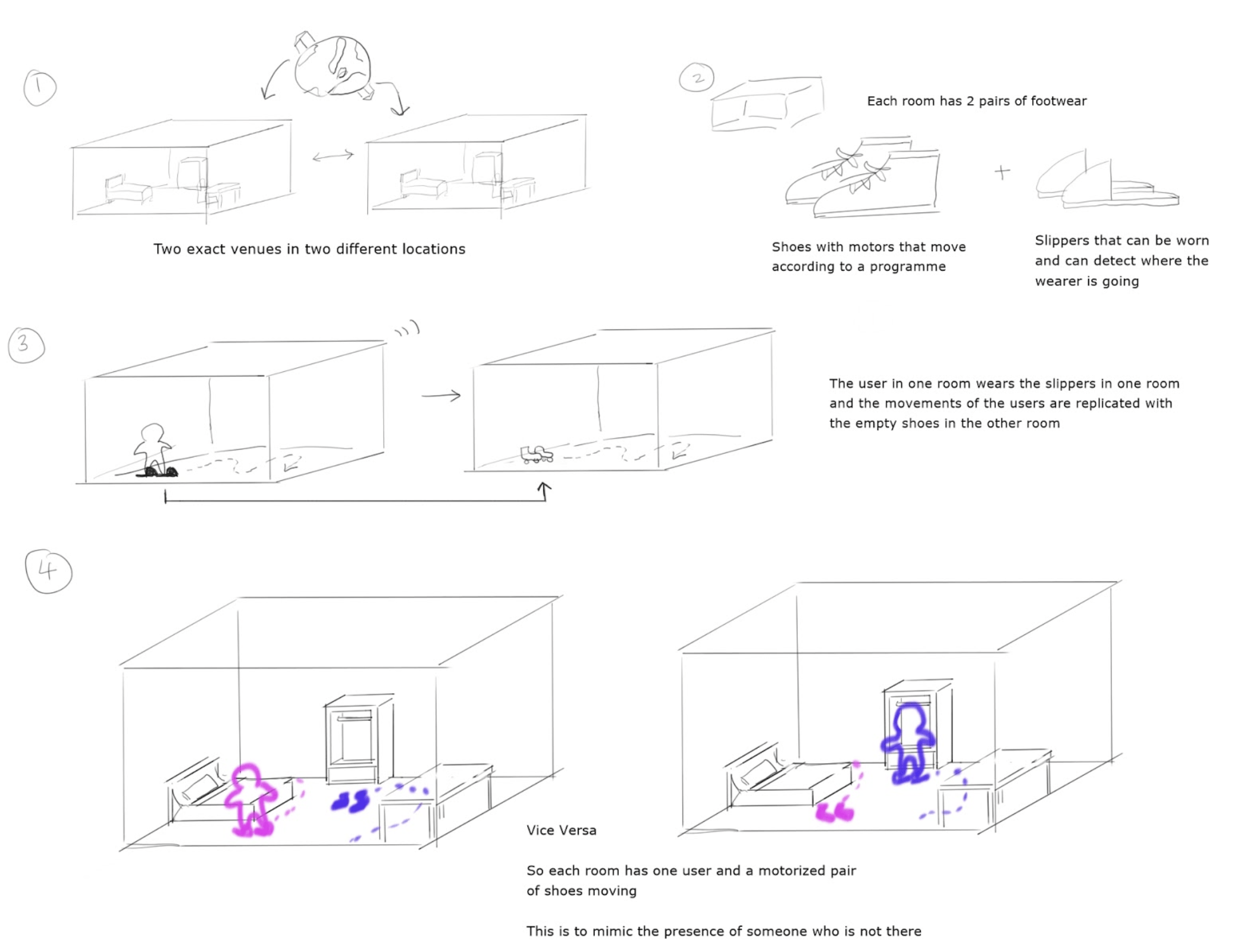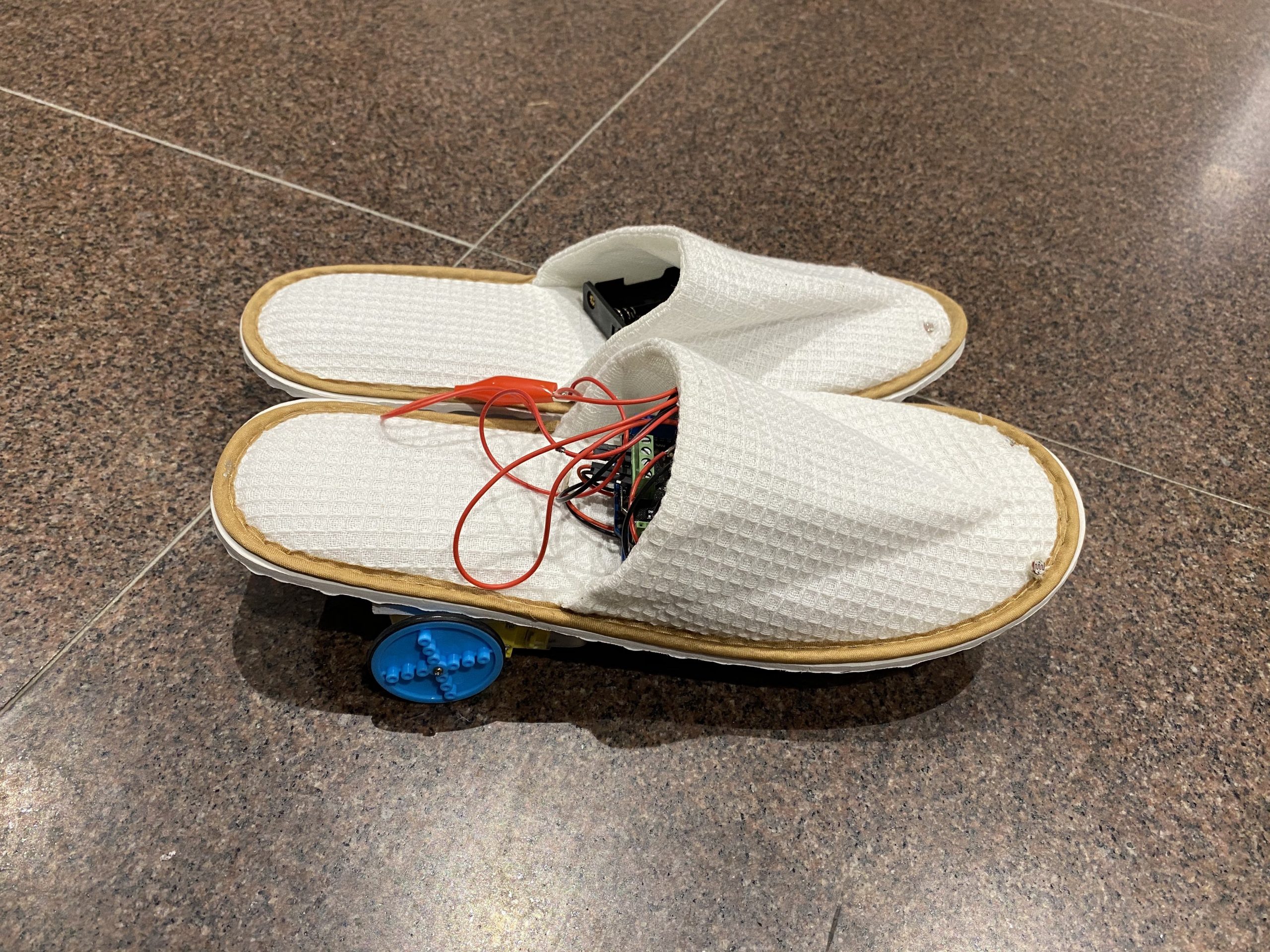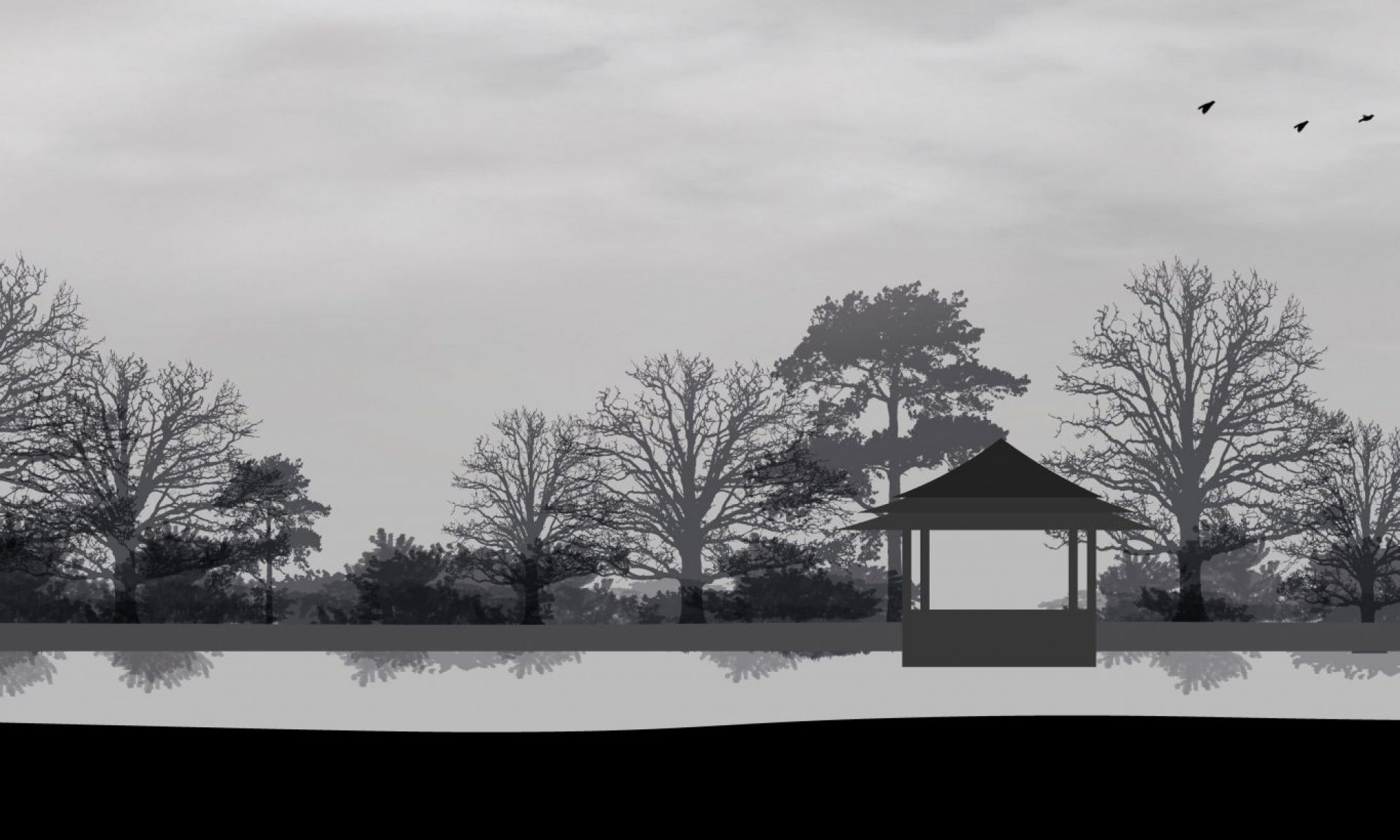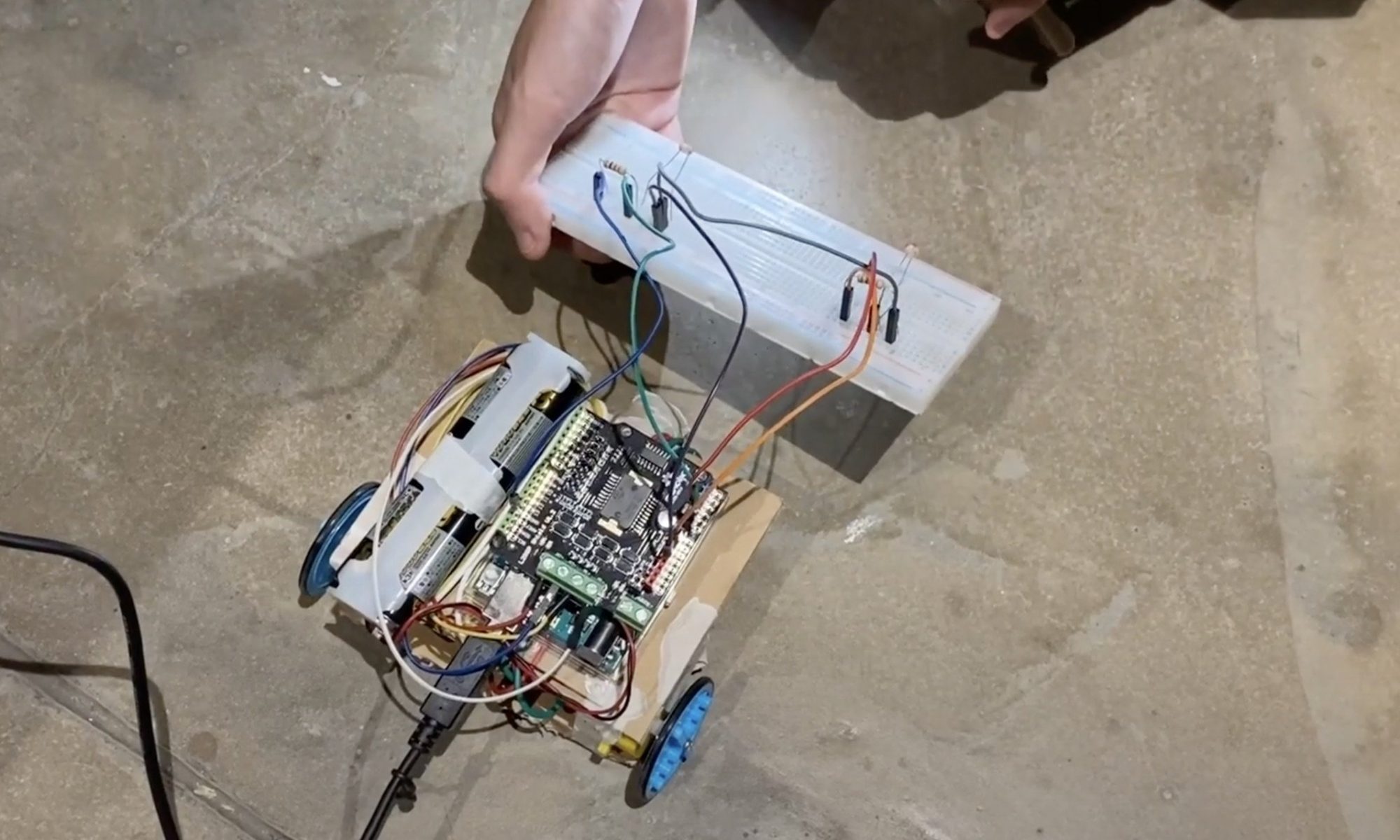This is our progress for our Semester Project, Light Distance Away.


Our goals for mid-fidelity stage
-
- Prototype
- Track light and draw lines and curve on processing
- Project the line on the floor
- Stable LDR tracking system on motors that follows the lines projected
- Setting up the area with pixy camera, arduino & projected at the ceiling
- Prototype
Following our low fidelity prototype, we needed to research on how our motor could follow the XY coordinates received. After some consideration, we thought about using light as our method of moving the motors of the automated footwear.
Luckily for us, we already had spent time creating a line in processing which had initially only been there for us to ensure our pathway was tracked. Yet, knowing light could be a viable option, we began to borrow top down projectors and then flipped our code’s background and line colour to display a light line that would draw as one walked around under the pixy camera.
Thus, we began our prototypes and trials, but not before ensuring our pixy cameras were improved.
Prototypes:
Tweaking pixycam
Since we were now projecting a line on the ground for our shoes to follow, we needed to make sure that our Pixycam will not detect the white line. As such, we decided to tweak the settings and to increase the minimum brightness needed for detection. However, this meant that we were unable to simply use a specific colour to detect the persons movements. We changed the input detection to detection the brightness of the light. Hence, our projected line should not be bright white, and the person walking in the room should be the brightest source of light. 
Example of having two light sources in the room, but one is brighter than the other


Light Tracking Code on DC motors using Light Dependent Resistor
After ensuring that the DC motors work on their own, it was time to figure out how to move them according to the other person’s movement and not remote-controlled. For this, we searched online on ways to detect light because the shoes needed to be able to track the projected line. We found out about Light Dependent Resistors (LDRs) as a method to detect light. This was good for our shoes because LDRs are quite small so they would be able to fit within the shoes easily. Fortunately, we managed to borrow some LDRs and this saved us some time. For the LDR code, we started off with 2 LDRs, one on the left and one on the right. For the shoes to track the line, we had to make sure that the LDRs can stay within the thickness of the line. The idea was for the shoes to turn left when the right LDR detects light and vice versa so that the shoes will go in a slight zig-zag motion along the line. This movement was quite effective in showing footsteps.
We then added 2 more sensors to each side because as we were testing, we found that more often than not, the shoes will turn too far towards the direction that it is facing and the LDRs would exceed the line, resulting in the shoes stopping completely. Hence, the 2 sensors would cover more ground and allow for wider turns without the shoes stopping.
-
- Slipper moving forward when powered
-
- Motors with LDR – follows light
VIDEO OF OUR PROGRESS HERE
-
- Pixy Cam to Processing
Our Next move
Following this progress, we made our last decisions and considered what we wanted to do for our high fidelity stage, also being our final device.
-
- Adding more Light Dependent Resistor on the footwear to improve light sensitivity and accuracy
- Assemble hardwares together with soldering
- Smoothing sharp edges of movements tracked
- Replicate setup
After completing one set, we decided to replicate another as our ideal goal was to have our work set up in two rooms for them to mirror each other.
Links to Documentation


